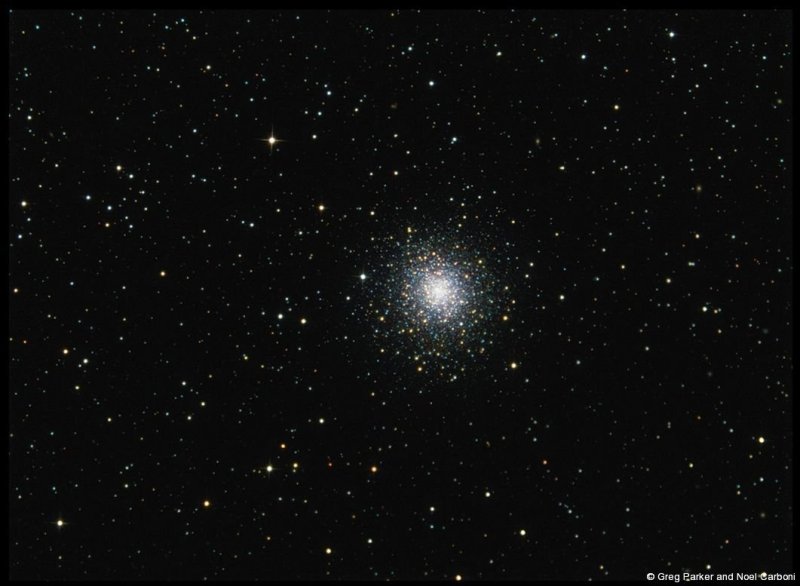

/stsci2000025a-58b846295f9b5880809c611f.jpg)
In addition, they defined the basic parameters of the 3D layered structure, including circle core area and irregular nuclear region, the unstable kernel area, and the unstable parameters of the layered structure. They found that if a stable inner circle appeared in the superimposed rose diagram of a cluster, then the open cluster had a 3D layered structure. The synthetic rose diagram of each open cluster sample was obtained by overlay, and whether the composite diagram has a stable core circle was used as an indicator to identify whether the open cluster sample has a 3D layered structure. The researchers used the rose diagrams to quantitatively depict the random morphology of open clusters on three projection surfaces in 3D space. The study was published in Astronomy and Astrophysics. The method may play an important role in structural classification of open clusters. Results showed that the proposed method could quantitatively depict the morphology of open star clusters and provide method support for identifying the 3D structure of open cluster samples. Recently, researchers from the Xinjiang Astronomical Observatory (XAO) of the Chinese Academy of Sciences proposed a rose diagram overlaying method based on Gaia data to study the 3D layered structure of open cluster samples within 500 parsec (pc) near the sun. However, whether this layered structure actually exists in three-dimensional (3D) space is not known. The morphology of open clusters on the two-dimensional (2D) projection planes mostly conforms to the core-shell structure.


 0 kommentar(er)
0 kommentar(er)
